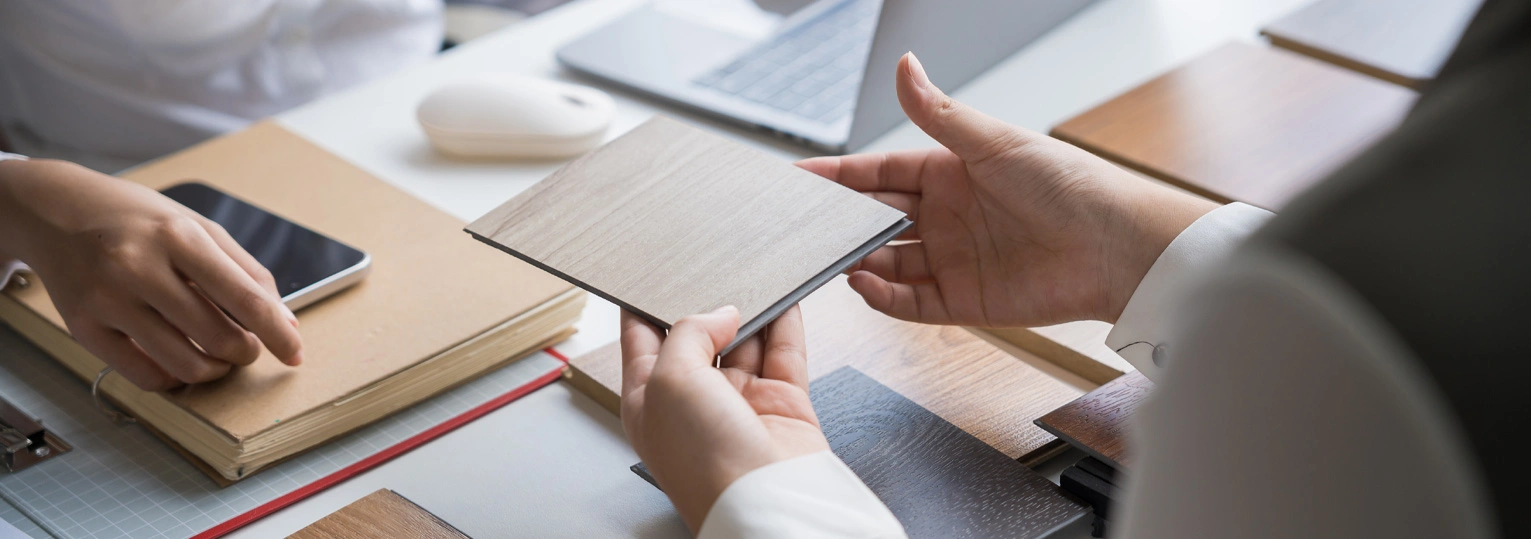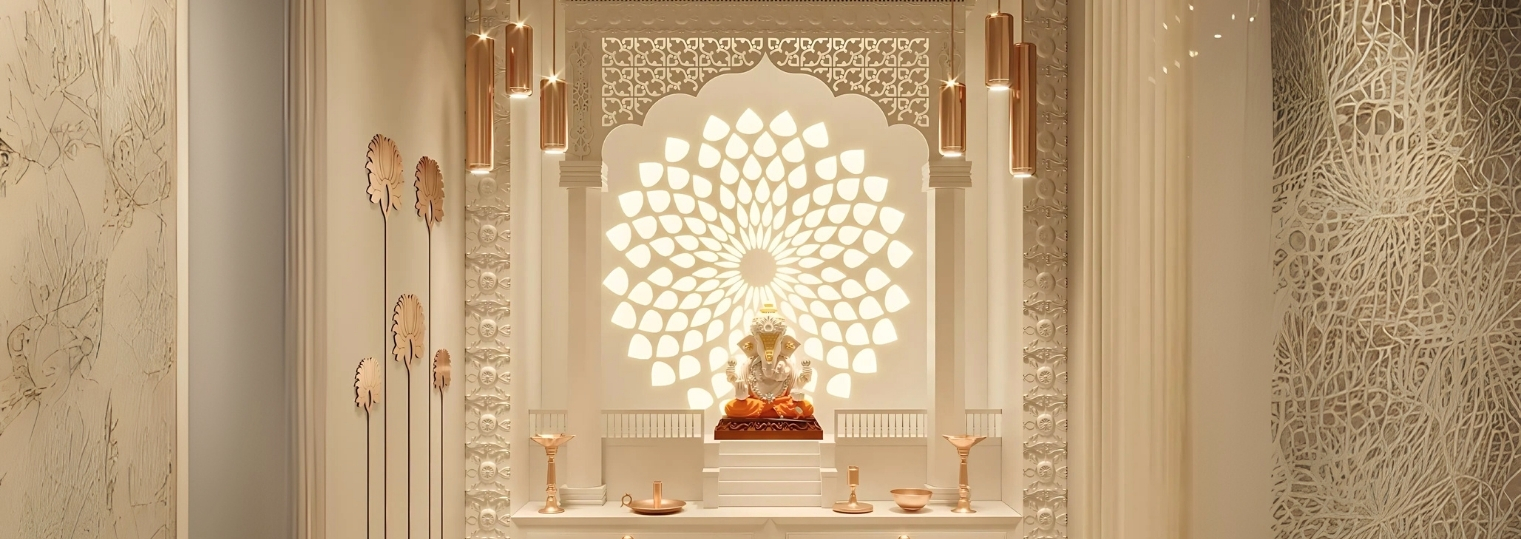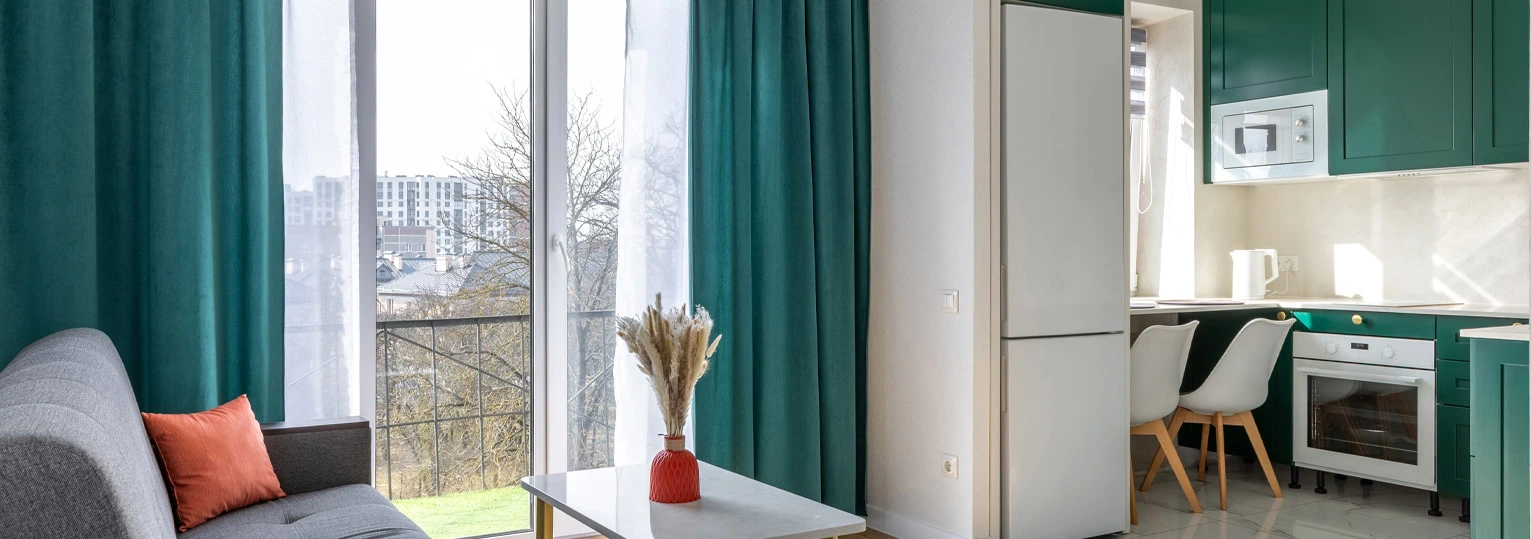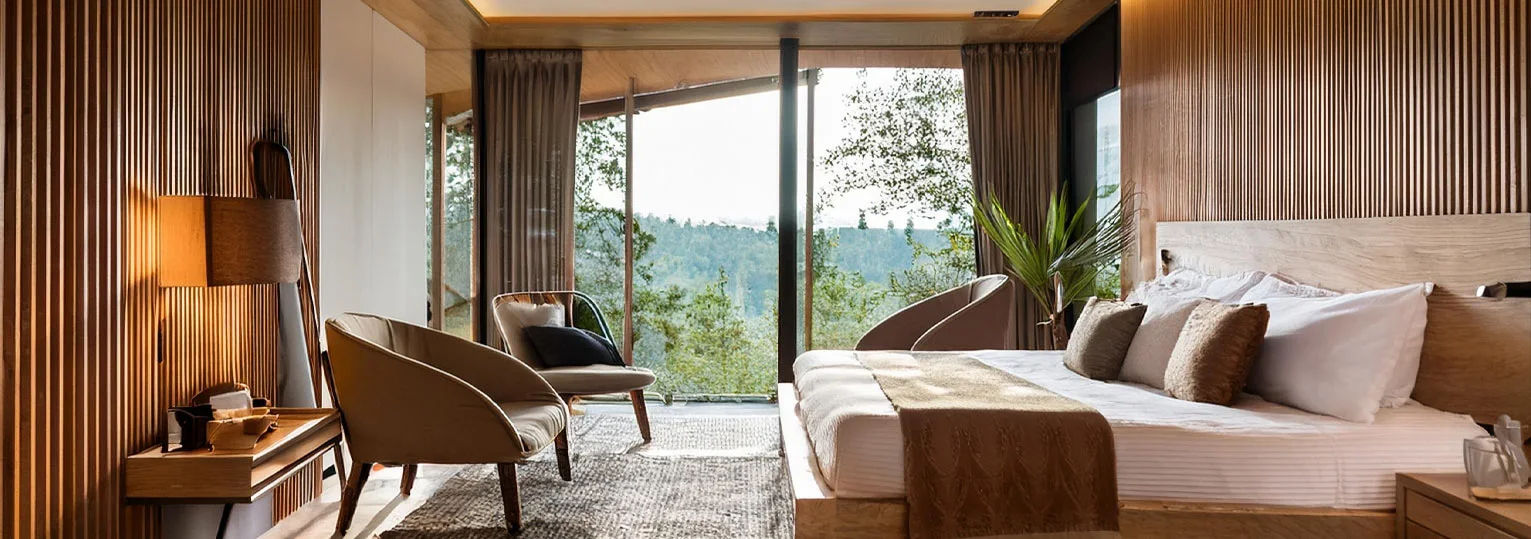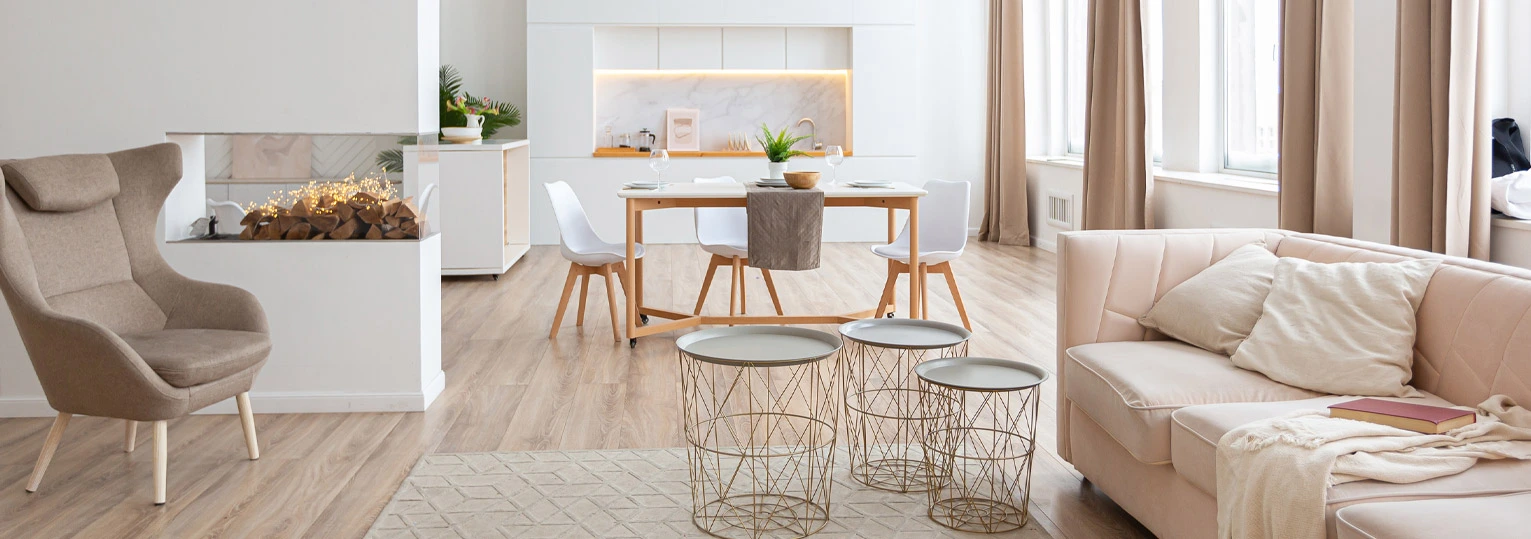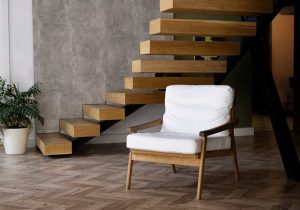
In the dynamic world of construction and interior design, the choice of materials plays a pivotal role in ensuring durability, aesthetics, and functionality. One such material that has gained prominence in recent years is HDHMR plywood. This innovative product has sparked discussions on its advantages, disadvantages, and how it stands against traditional plywood and other alternatives.
In this comprehensive guide, we delve into the intricacies of HDHMR plywood. Comparing it with traditional plywood, examining its features, and exploring its applications in contexts like kitchen cabinets and interior designs. Let’s embark on a journey to understand the nuances of HDHMR plywood . And how it could redefine your construction and design choices.
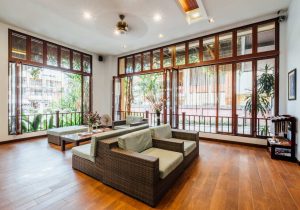
HDHMR, a breakthrough in engineered wood, brings together the robust qualities of High-Density Fiber board (HDF) and advanced moisture-resistant technology. This fusion results in a material that not only boasts exceptional strength but also exhibits remarkable resistance to moisture-related issues. The high-density composition ensures that HDHMR plywood can withstand substantial loads, making it an ideal choice for applications where durability is paramount.
This engineered wood product undergoes a meticulous manufacturing process. Where wood fibers are compressed and bound together using resins under high pressure and temperature. The end result is a board that showcases a uniform density throughout its structure, minimizing weak points and enhancing overall stability. The moisture-resistant feature is achieved through the addition of specialized chemicals during the manufacturing process. Creating a formidable defence against the detrimental effects of humidity and water exposure.
HDHMR plywood finds its applications in various industries, from construction to furniture making, owing to its versatility and resilience. As a testament to its strength and durability, HDHMR plywood is gaining popularity in projects where traditional plywood may fall short, making it a modern and reliable choice in the world of engineered wood.
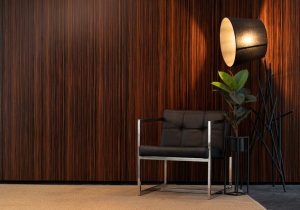
HDHMR vs. BWP (Boiling Water Proof): When pitting HDHMR against BWP plywood, the battle is nuanced, with each material showcasing distinct strengths. While BWP plywood is known for its water-resistant qualities, HDHMR plywood takes the competition a step further with a unique combination of high density and superior moisture resistance.
BWP plywood, traditionally used in areas prone to water exposure, excels in withstanding the challenges of moisture-laden environments. However, HDHMR plywood steps into the arena with a denser composition, providing added structural strength. This denser core not only enhances load-bearing capabilities but also contributes to the overall longevity of the material.
In scenarios where both moisture resistance and structural integrity are critical, HDHMR plywood emerges as a formidable choice. It becomes particularly relevant in applications where the material is expected to endure varying environmental conditions, ensuring that the end product remains robust and reliable over an extended period.
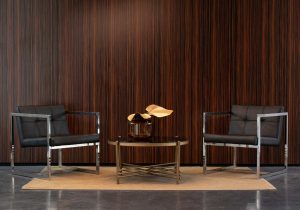
HDHMR Board vs. Plywood: Understanding the distinctions between HDHMR boards and traditional plywood is essential for informed decision-making in construction and design projects. HDHMR boards, with their high-density composition and advanced moisture resistance, offer a different set of characteristics compared to conventional plywood.
While traditional plywood relies on layers of wood veneers, HDHMR boards leverage a homogeneous composition that eliminates the vulnerabilities associated with weak points between layers. This uniform structure translates to enhanced stability and load-bearing capacity, making HDHMR boards a preferred choice in applications where strength is paramount.
Moreover, the moisture resistance of HDHMR boards sets them apart in environments prone to humidity or occasional water exposure. This feature expands the scope of applications, allowing HDHMR boards to excel in areas where traditional plywood might face challenges related to swelling, warping, or decay. The comparison between HDHMR boards and plywood extends beyond their composition, encompassing performance characteristics that define their suitability for diverse projects.
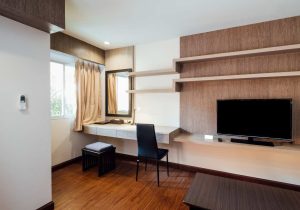
Action Tesa vs. Plywood: The choice between Action Tesa and traditional plywood involves a thorough examination of their unique attributes. Action Tesa, recognized for its innovative engineered wood products, challenges the supremacy of conventional plywood in various applications. The distinction lies in the manufacturing process and composition.
Action Tesa often employs High-Density Fiber board (HDF) as a core component, much like HDHMR plywood, resulting in a board that boasts exceptional strength. This strength, coupled with advanced moisture resistance, positions Action Tesa as a reliable alternative to traditional plywood. Designers and builders exploring these options need to consider factors such as project requirements, environmental conditions, and desired performance characteristics to make an informed decision.
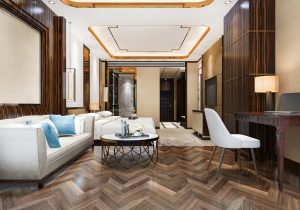
HDHMR Ply vs. Plywood: The comparison between HDHMR ply and conventional plywood dives into the nuanced differences that set them apart. HDHMR ply, with its high-density composition and moisture-resistant features, stands out in various applications. Unlike traditional plywood, which relies on layers of veneers. HDHMR ply offers a consistent density throughout the board, reducing vulnerabilities and enhancing stability.
The high-density core contributes to improved load-bearing capacity. Making HDHMR wood a preferred choice for projects where structural strength is non-negotiable. The moisture resistance adds an extra layer of protection, making it suitable for applications in humid or wet environments. The choice between HDHMR ply and plywood depends on specific project requirements and the desired balance between strength, durability, and environmental resilience.
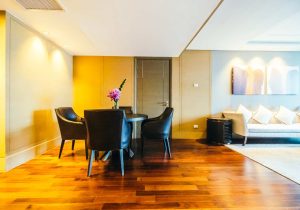
HDHMR Board Thickness: The thickness of HDHMR boards plays a crucial role in determining their suitability for different applications. The optimal thickness depends on factors such as the intended use, load-bearing requirements, and environmental conditions. Thicker HDHMR boards often find their place in heavy-duty applications, providing the necessary strength and stability. Understanding the correlation between thickness and performance ensures that HDHMR boards deliver optimal results, meeting the specific demands of each project.
Advantages and Disadvantages of HDHMR: HDHMR wood, like any material, comes with its set of pros and cons. On the positive side, the high-density composition imparts exceptional strength, making it suitable for various applications. The moisture resistance ensures longevity, particularly in environments prone to humidity. However, it’s essential to acknowledge the limitations, such as potential cost considerations and the need for specialized tools during installation. A balanced understanding of these advantages and disadvantages guides designers and builders in making informed decisions aligned with project requirements.
HDHMR in Kitchen Cabinets: The integration of HDHMR in kitchen cabinets marks a significant trend in modern interior design. The material’s durability, moisture resistance, and versatility make it an ideal choice for crafting kitchen cabinets.
Innovative projects, like those by Bonito Designs, showcase how HDHMR contributes to not only the functional aspects of cabinets. But also the aesthetic appeal of the kitchen space. The material’s ability to withstand the rigors of a kitchen environment. Including varying temperatures and occasional water exposure, positions HDHMR as a preferred option for contemporary kitchen designs.
In conclusion, HDHMR plywood emerges as a versatile and resilient contender in the realm of engineered wood. Its unique composition, coupled with high density and moisture resistance, positions it as a robust choice for various construction and design projects. Whether compared to traditional plywood, BWP, or other engineered wood products like Action Tesa, HDHMR plywood showcases distinct advantages.
The careful consideration of factors such as thickness and application areas further enhance its appeal. As the industry continues to evolve, HDHMR plywood stands out as a material that not only meets but exceeds expectations. Paving the way for innovative and durable solutions in construction and design.
